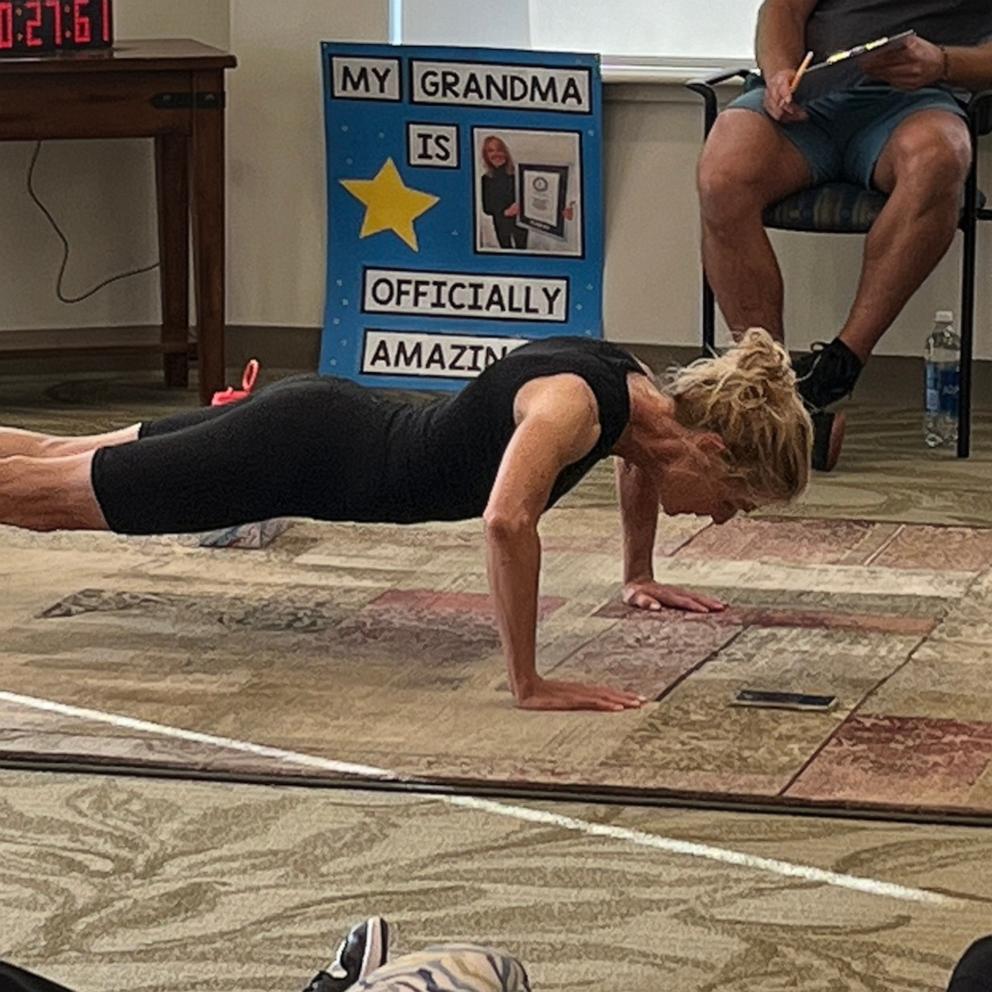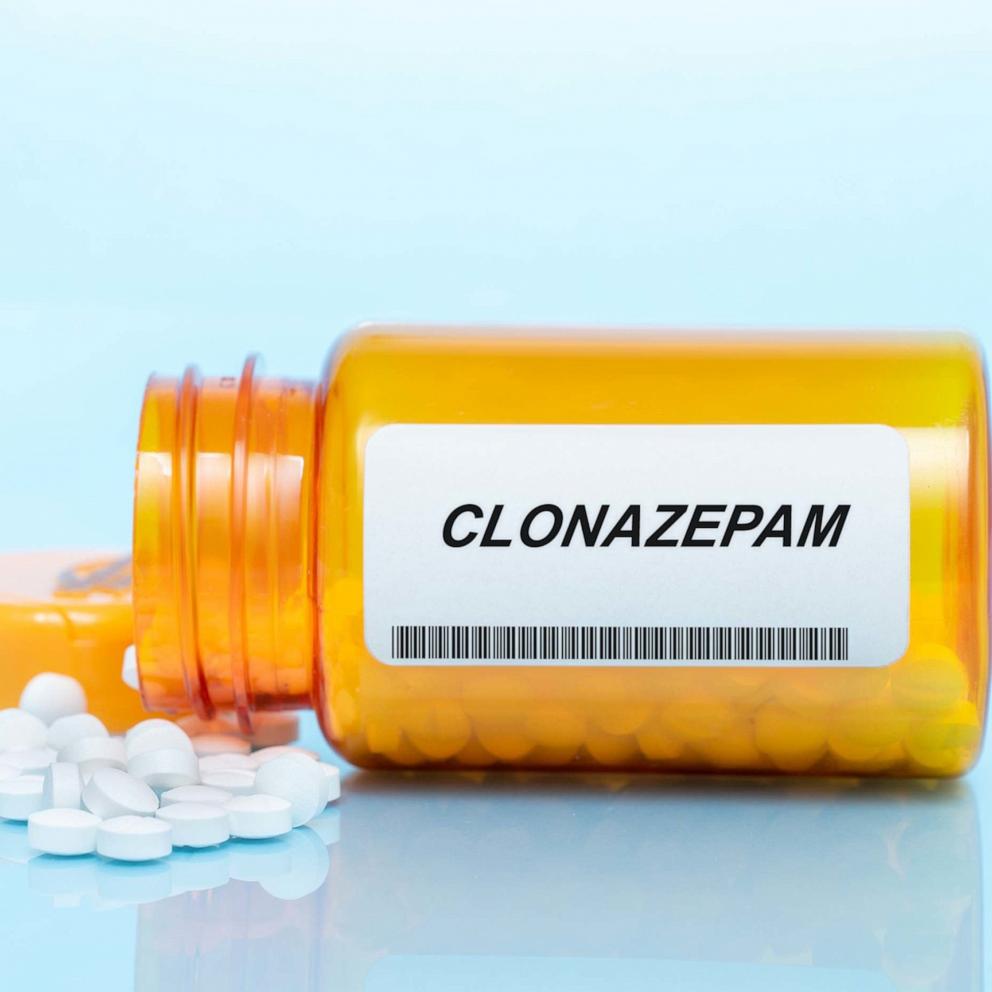Steps to Prevent Osteoporosis and Osteopenia
Feb. 4, 2011— -- Long gone are the days when women with the tell-tale humpback were the only ones identified with osteoporosis.
Even women who can stand straight and tall may suffer from the disease that causes weak and brittle bones. While some people often think of the condition as an old woman's disease, it is important for men and women of all ages to maintain good bone health in order to avoid bone loss, experts say.
About 10 million Americans have osteoporosis and 34 million more suffer from low bone density, researchers estimate.
Osteoporosis, Greek for porous bones, is a condition that causes bones to become weak and brittle, making sufferers more likely to sustain fractures, mostly to the spine, hip and wrist. The condition causes more than 1.5 million fractures each year in the United States, and about 20 percent of those people die from complications, according to the National Osteoporosis Foundation.
But aside from those people who have osteoporosis, many more suffer from osteopenia, a condition where bone mineral density is lower than normal, putting people at high risk for osteoporosis.
"Both [osteoporosis and osteopenia] conditions are silent, in that losing bone does not cause symptoms until or unless there is a fracture," said Dr. Murray Favus, professor of medicine at the University of Chicago School of Medicine.
"So, awareness of the individual's risk factors and bone density is critical in preventing fractures."
Once bones have been weakened by osteoporosis, patients will often have a stooped posture, lose height and fracture wrists, hips or vertebrae.
Risk factors for the condition include a low calcium intake, smoking, eating disorders, excessive alcohol use, long-term steroid use, and other medications, including, aromatase inhibitors to treat breast cancer, some anti-seizure medications, and aluminum-containing antacids.
A family history of the condition, a smaller frame, and white and Asian descent increase the risk of osteoporosis and women are almost twice as likely to suffer from fractures related to the condition than men.
'Men Can Have It, Too'
But men are not in the clear.
"Men can have it, too," said Dr. Ranit Mishori, assistant professor in the department of family medicine at Georgetown University School of Medicine in Washington, D.C. "In fact, millions do, but they are often not identified. Men with osteoporosis actually have worse outcomes when and if they fall."
It's important to receive adequate amounts of calcium and vitamin D, and not just as an adult. Humans stop growing new bone around the age of 30, so the more bone you can build up in your early years and maintain in your 30s and 40s will help to reduce risk or even prevent the condition at a later age.
"Adequate calcium intake starting in childhood can prevent osteoporosis later in life," Mishori said. "So get that calcium into your kids, daughters in particular."
Women, especially, should consume at least three servings per day of calcium-rich products such as cheese, yogurt, tofu and sardines. Girls and teens should get about 1,300 mg of calcium per day, women 19 to 50, about 1,000 mg per day, and 1,200 mg for women older than 50.
Vitamin D is also crucial; it promotes calcium absorption in the body and can be found naturally in sunlight. Experts say 15 minutes of sunshine on the skin at least twice a week should give your body the adequate amount of needed vitamin D.



